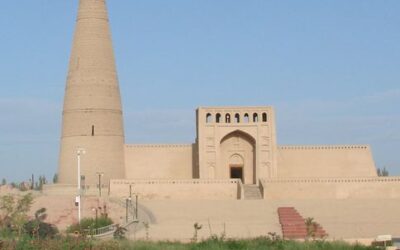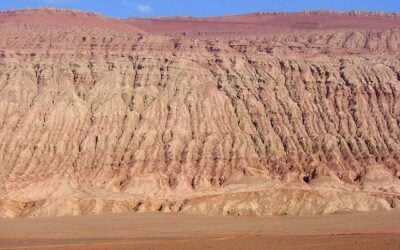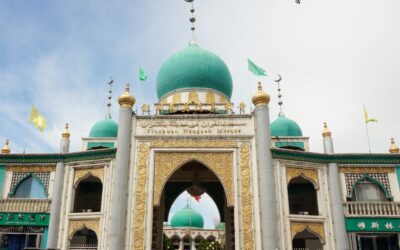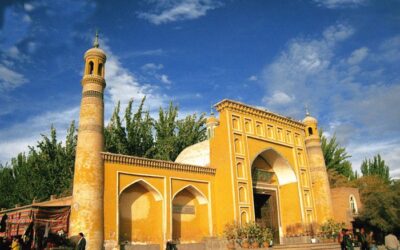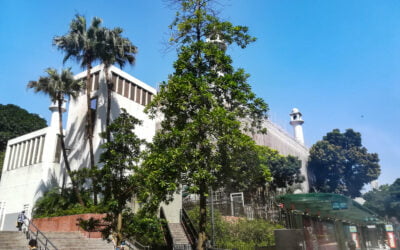Niujie Mosque
- The Niujie Mosque, the largest of all the Musjids in Beijing, it was first built in 996 during the Liao dynasty (916–1125). The local Muslim community constructed the Musjid using traditional Chinese architecture, with the exception that it displays Arabic calligraphy in the interior. It was originally designed by Nazaruddin, the son of an imam. After it was destroyed by armies of Genghis Khan in 1215, the Musjid was rebuilt in 1443 in the Ming dynasty.
- It was significantly expanded in 1696 under the Qing dynasty. During the Qing dynasty, the neighbouring markets were known for Halal beef and mutton, even until today, the presence is still quite strong with Muslim grocery stores with Arabic signage along the road. The actual name of the Musjid is Lǐbàisì, which is given by the Chenghua Emperor in 1474, but since it is located in Oxen Street (Niú means Oxen and jiē means street) this Musjid is simply called Niujie. It is now one of the major Musjids in north China.
- As of 2002, the master plan of the renovation of Niujie stated that the Musjid will remain at its current location and that a grassy area and large square would be developed around the Musjid.

